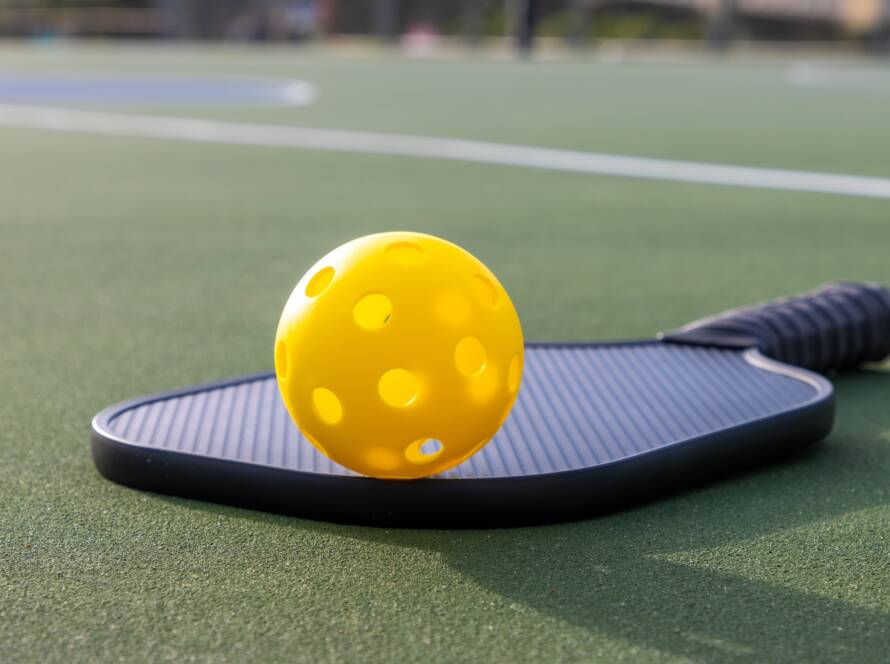Ever wondered why your pickleball partner keeps yelling “kitchen!” or what it really means to get “pickled” on the court? If you’re nodding your head or scratching it in confusion, you’re not alone. Pickleball terms have evolved into a unique language that can leave even experienced athletes feeling like they’re learning a new dialect. From the mysterious “dink shot” to the strategic “non-volley zone,” mastering these essential pickleball terms isn’t just about speaking the lingo—it’s about elevating your game and connecting with the fastest-growing sports community in America. Whether you’re a complete beginner or a seasoned player looking to sharpen your understanding, this comprehensive guide to pickleball terms will help you communicate effectively, play strategically, and feel confident every time you step onto the court.
The Origins and Evolution of Pickleball Terms
Pickleball’s unique terminology emerged alongside the sport itself, starting with its distinctive name. The term “pickleball” reportedly comes from Joel Pritchard’s family dog, Pickles, who would chase after stray balls during early games. However, some historical accounts suggest it derives from the “pickle boat” in rowing, where crews were assembled from leftover rowers.
Essential Pickleball Court Terms
The Kitchen (Non-Volley Zone)
The kitchen, officially known as the non-volley zone (NVZ), extends 7 feet on each side of the net. This crucial area prohibits volleying, meaning players cannot hit the ball in the air while standing in this zone. Understanding kitchen rules is fundamental to proper gameplay and avoiding faults.
Baseline and Sidelines
The baseline marks the court’s back boundary line, while sidelines define the width. These lines are essential reference points for:
- Serving position
- Court positioning
- Shot placement
- Out-of-bounds calls
The Pickledome
In professional tournaments, the championship court is known as the Pickledome, where elite players compete for titles in major events.
Key Gameplay Terms and Techniques
The Dink Shot
A dink is a soft, controlled shot hit from the non-volley zone that arcs over the net and lands within the opponent’s kitchen. As noted by Onix Pickleball, this strategic shot can be hit straight across or diagonally crosscourt, helping players:
- Control game pace
- Create offensive opportunities
- Force opponents into defensive positions
Essential Scoring Terms
- Side Out: Service passing to the opposing team
- Rally Scoring: Points awarded to any rally winner
- Pickled: Losing 11-0, similar to being “skunked” in other sports
Advanced Player Actions and Strategy
Offensive Moves
- Poaching: Crossing to your partner’s side to intercept shots
- Put Away: A decisive shot that ends the rally
- Drive: A fast, powerful shot hit from the baseline
Defensive Techniques
- Ready Position: Athletic stance preparing for opponent’s shot
- Reset: Soft return to neutralize aggressive shots
- Block: Defensive return of a hard shot
Common Terminology Mistakes to Avoid
Many beginners misunderstand key terms and rules:
- Assuming dinks are purely defensive
- Confusing kitchen rules during volleys
- Misinterpreting serving terminology
- Incorrectly calling line shots
Resources for Learning Pickleball Terms
Essential Equipment
- Proper paddle selection for different shot types
- Court markers for zone identification
- Training aids for shot development
Learning Tools
- USA Pickleball official guidelines
- Court diagrams and zone explanations
- Professional instruction resources
Ready to put these terms into practice? Visit Pickleball Athletic Club for expert instruction and game improvement resources. [Contact us](/contact/) to schedule your first session!


